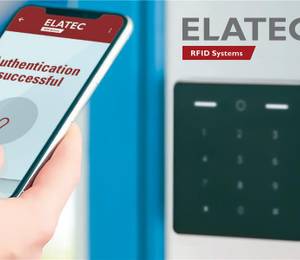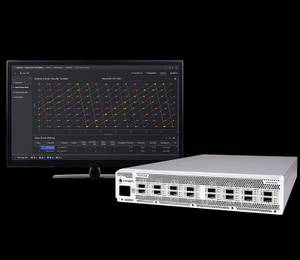The migration from analogue video surveillance to IP systems has been gathering steam for some time now, driven by decreasing costs and rapid advances in new security technologies such as video analytics.
As William Tan, NEC Corporation’s Director Of Global Face Recognition & Surveillance (Global Safety Division) puts it: “The use of video analytics in surveillance systems improves operational efficiency as it eases the workload of security officers. Analytics adds value and makes the IP camera system more intelligent. Increasingly, government agencies are adopting safer city technologies such as facial recognition as they allow the authorities to have more "eyes" on the city than before.”
IP systems come armed with expanded functions, from analytics to remote access, while handing organisations the flexibility to easily expand and reconfigure their network. On top of all these benefits, IP solutions also offer the lowest Total Cost of Ownership.
IP systems also make storage more flexible and less costly. HC Chang, general manager of APAC (excluding China) at Promise Technology, explains: “Analogue systems may require storage to be onsite, but if an installation has many sites, or sites that are geographically disparate, this may be difficult. IP systems allow storage to be placed in whatever site makes the most sense, making the systems easier to maintain and upgrade.”
While these benefits make migrating an easy decision, organisations should carefully plan out the how of their migration from analogue to IP. The cost of migration and downtime issues can be minimised if organisations invest the time to understand their security needs and thoroughly plan the execution of the migration. The reward from meticulous planning is that companies can reap the benefits of IP surveillance faster.
Analyse Thoroughly, Design Thoughtfully
For organisations, the process should start with a full analysis of their security requirements. This involves looking at the varying levels of security needed in different areas and sites as well as the finer details of surveillance needs.
Once these requirements are uncovered, the next step is to design a detailed blueprint for the new IP system.
With the blueprint in hand, it is now time to develop a plan for deployment. Organisations looking to migrate to an IP network have two options: upgrade the whole network in one go or upgrade in stages.
Upgrading the whole system in one go simply involves removing all the old equipment and installing the new IP system. In a way this is the simpler option, as it means all the new IP features will be ready to go once installation is complete. However, installing all that equipment – not to mention the equipment itself – can be costly, especially for medium and large organisations that need to replace a great number of infrastructure and assets. Another disadvantage of this option is the inevitable downtime between the old system going offline and the new system starting up.
The cost pressure can be forbidding and downtime is unacceptable for most medium and large organisations. For these reasons, the more popular option is to upgrade in phases.
This is possible with IP surveillance systems because all cameras and sensors feed into a central VMS. The optimal VMS would be open source, meaning it is able to manage feeds from many different types of visual and non-visual sensor, both legacy and new, from many different manufacturers at the same time. This allows a surveillance network to evolve as the organisation’s surveillance requirements change.
This capability is especially useful in large installations that comprise many different buildings and have varying levels of surveillance requirements throughout the installation. Some areas, for instance, may have need for higher security, requiring new high-resolution digital cameras and video analytics functions such as facial recognition.
An important point to note is that migrating to an IP system does not require the replacement of existing cable infrastructure. Winston Goh, head of marketing, South APAC, Axis Communications, notes: “Pulling out and replacing existing infrastructure, such as coaxial cables and analogue cameras, can be a very expensive process. The benefit of migrating to an IP solution is that converter devices can be used to convert the analogue signal to a digital one, so it can be fed into the VMS. This allows sections and assets to be upgraded in a way that suits the budget and requirements of each organisation. It also greatly reduces any installation downtime.”
Once the deployment plan is ready, installation can begin. The undertaking kicks off with the installing of the VMS, which will be the heart of the network. You can then install new cameras and prepare old cameras to feed into the new VMS, as well as install monitoring equipment such as PC monitors at your own pace.











